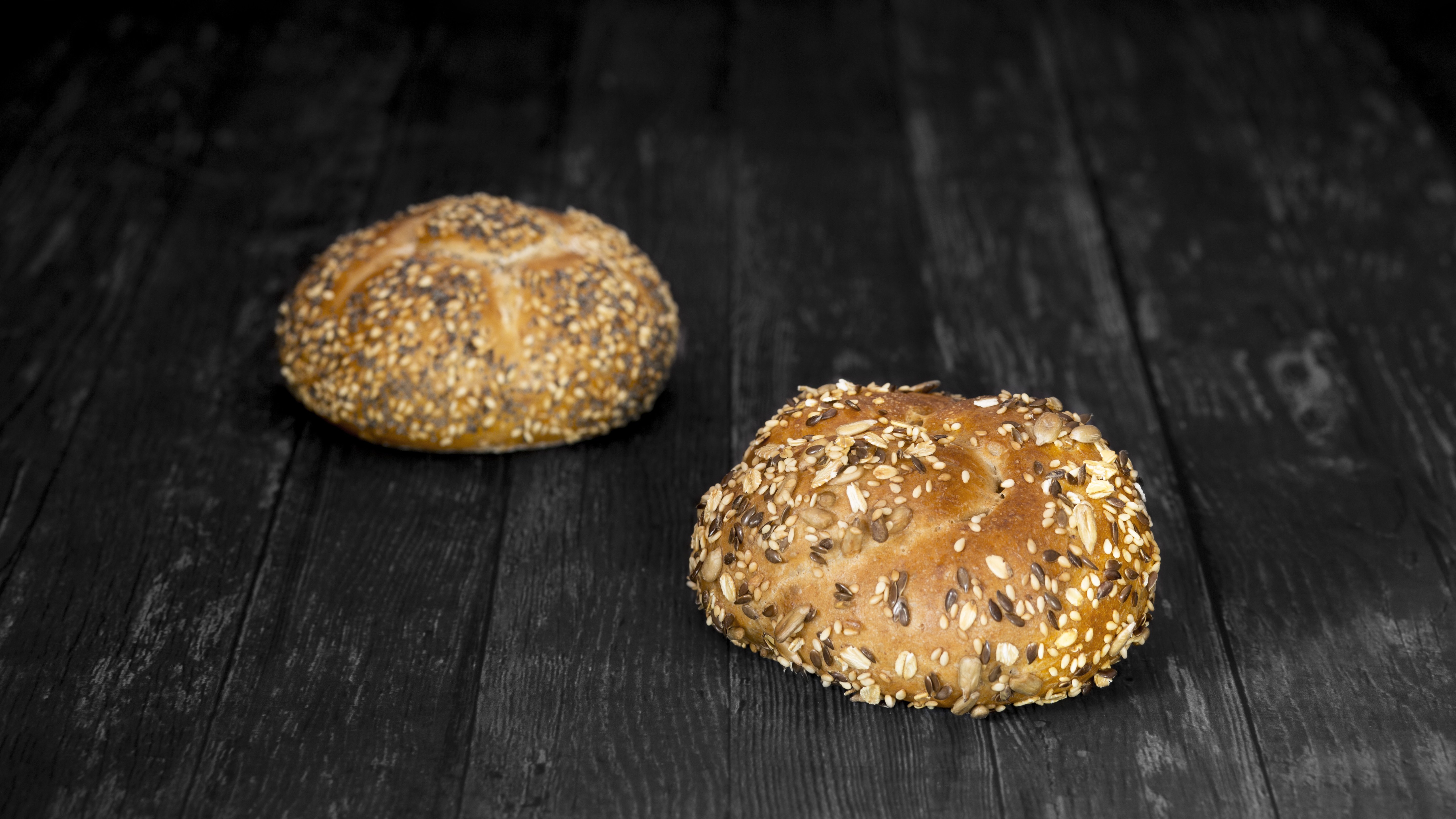
Rediscovering ancient grains
Ancient grains, heritage grains or heirloom grains are the original varieties of grain that have played a role in human nutrition for thousands of years. Unlike modern types of grain, ancient grains have barely changed. They grow more slowly, are more robust, and often require less fertiliser. Among the best-known ancient grains are einkorn, emmer, spelt, and perennial rye. The term “ancient grain” refers to this original form – the “first grain” as it was cultivated in the Neolithic period.
What makes ancient grain special?
Ancient grains often contain more minerals, fibre, and phytochemicals than modern varieties:
Einkorn wheat contains particularly high levels of lutein, a yellow plant pigment from the group of antioxidant carotenoids. It also contains significantly more protein than conventional wheat.
Emmer wheat naturally provides high levels of zinc, magnesium, and, like einkorn wheat, a high amount of grain protein.
Perennial rye is an ancient form of rye. It is particularly rich in fibre and provides significant amounts of magnesium, iron, zinc, and manganese.
Spelt is descended from emmer wheat, and is characterised by a higher content of protein, potassium and iron than conventional wheat. In the form of sourdough bread, spelt is often described as being easily digestible (fermentation breaks down certain grain components, which improves digestibility).
Ancient grain products provide more long-chain carbohydrates and plenty of fibre. They keep you full for longer and ensure a slow rise in blood sugar levels. This makes them particularly interesting for people who care about a balanced diet or who want to avoid processed products. Thanks to their protein content and robust flavour, ancient grains also offer many possibilities in vegetarian or plant-based cuisine.
Important: Like standard wheat, ancient grains do contain gluten. People with coeliac disease should therefore avoid them. However, for others who are sensitive to wheat, they can often be a good, tolerable alternative due to their slightly different gluten composition. It is best to try them out individually.
Tips for use in the kitchen
Ancient grains can be used in many different forms – as whole grains, flakes, or freshly ground flour:
Baking: Freshly ground flour is particularly suitable for bread, rolls, or cakes. Einkorn and emmer have different baking properties than conventional wheat, and require slightly more liquid and a longer resting time.
Cooking: Cooked grains are suitable for salads, casseroles, or as a hearty side dish.
Breakfast: As porridge, they are a nutrient-rich alternative to oats.
Tip: Spelt is well suited for sourdough recipes. Fermentation improves digestibility, and gives baked goods a strong flavour.
Mag. Susanne Dirisamer
Dietician & health scientist
